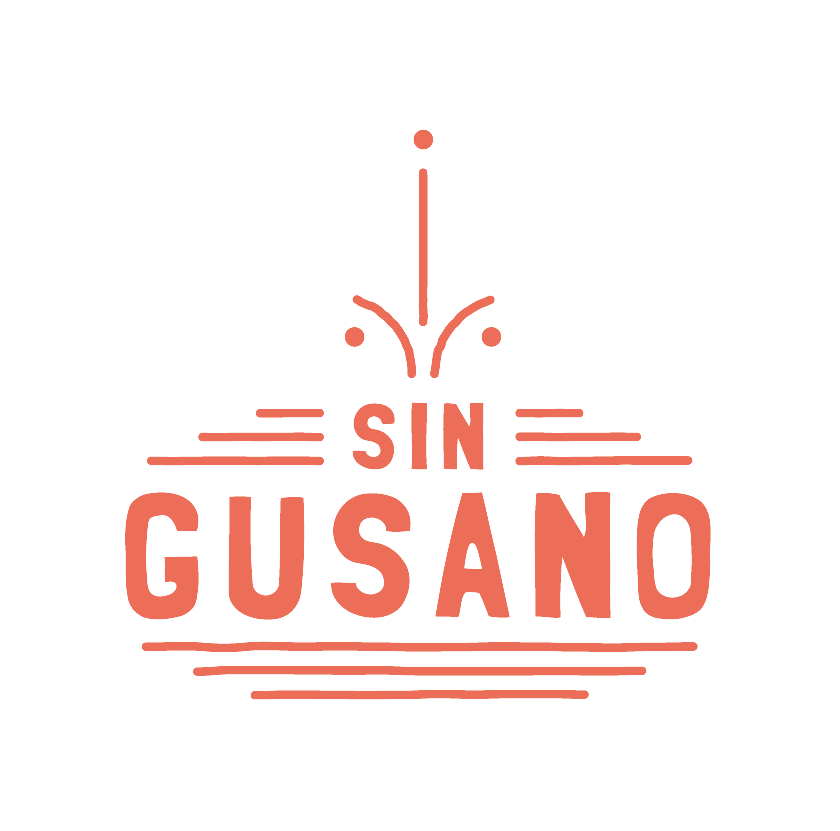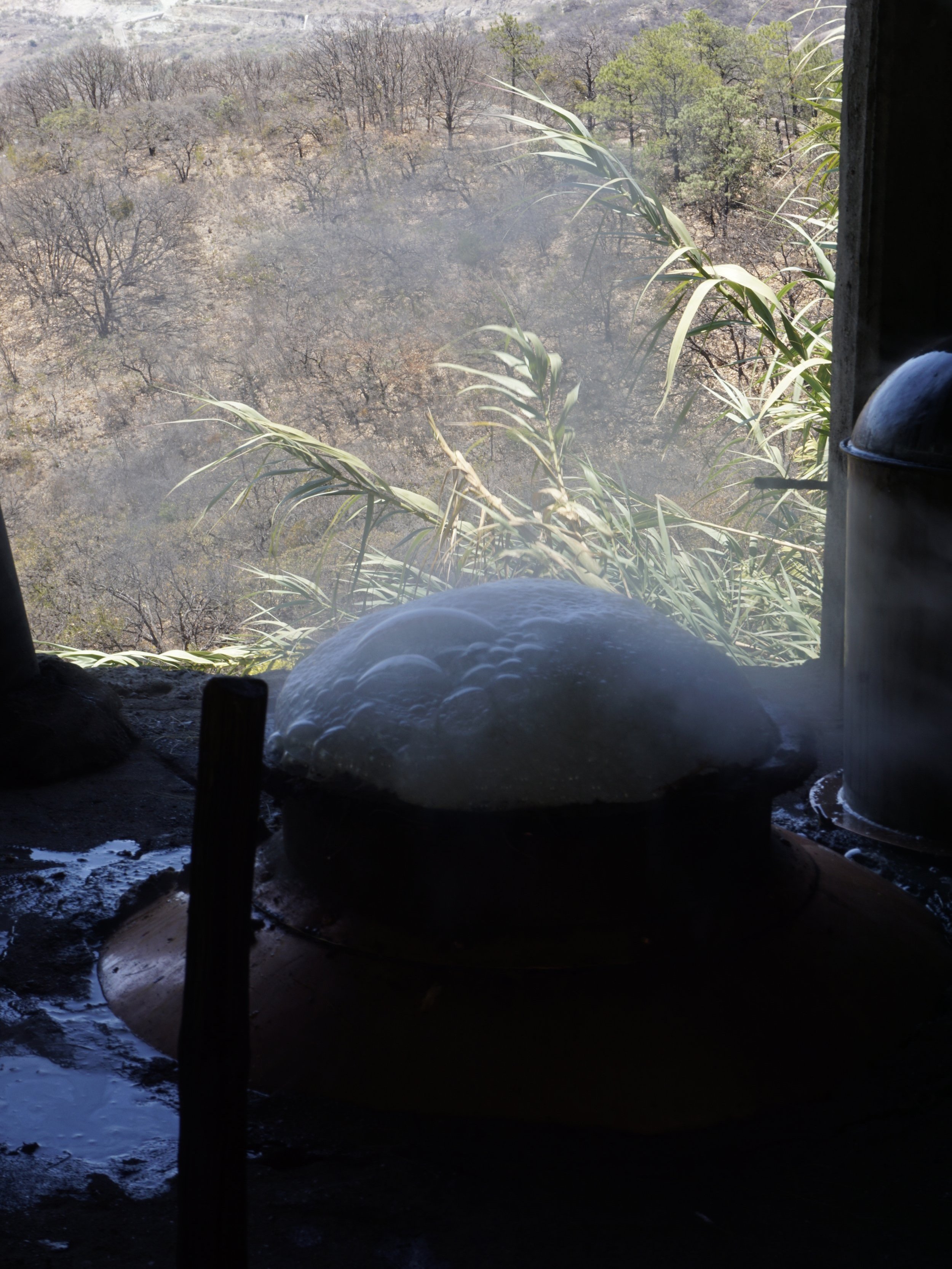jabalí - San Luis Amatlán
Batch: NGG-08
Release date: February 2023
We’re very pleased to return to amigo Nicolas Garcia Gutierrez, in the community of San Luis Amatlán, in the Miahuatlán region of southern Oaxaca. Nicolas is the maestro behind some of our all-time favourite batches, he’s always experimenting with something new and adjusting to the natural environment around him.
This batch is Nicolas’ first ever pure Jabalí.
Jabalí means ‘wild pig’ or ‘boar’ in Spanish and it was given as a name to this agave because the curves on on the leaves of the plant are said to resemble the hairs and tusks of the pig in the field.
The plant is fairly prevalent throughout the Miahuatlán region, in more than one variant form. In fact, if you were to drive around the valleys, we would say it’s probably the agave you would see most of in the wild, growing in bunches.
But, despite growing everywhere, it’s the agave you’re least likely to be offered a copita of when you stop at a palenque.
The reason for that is it’s very challenging to work with and very low yielding. The plant contains elevated levels of saponins compared to other agaves (that’s the same saponins found in soap) and it bubbles up and expands during fermentation and distillation.
It’s been known to damage equipment. At the least, it’s bubbly nature will add a yellow/green tinge to the distillate on both the first and second runs, meaning an unusual third distillation is normally carried out to purify the spirit - 50% extra distillation work.
Jabali foaming during distillation
Foaming Jabali interrupts distillation
Tasting each stage of the 3 Jabali distillations
When it comes to yield, mezcaleros generally measure by how much finished product they get from each fermentation tina (a tina generally being a 600 litre capacity tub).
Using Espadín (A.Angustifolia) you can expect to get about 120 litres of finished mezcal. Whereas with Jabalí (A.Convallis) you will get only around 20 litres. That’s a huge difference and a huge disincentive to work with this species.
Wild Jabalí
Roadside Jabalí
But we’re pleased to say none of these intimidating realities stopped Nicolas from applying his talents. In March 2021 he harvested mature wild Jabalí from the hills around San Luis Amatlán and produced his first ever 100% Jabalí, resulting in this tiny 52-litre batch.
Jabalí is said to take between 12-15 years to produce it’s flower (like above), although it’s hard to say as until recently it’s been thought of as an entirely wild variety that’s not possible to cultivate.
We’re happy to say that the Gutierrez family are amongst those dispelling that myth, by growing agave from seed in their nursery.
Above, Nicolas’ brother-in-law Camilo takes a bowl of baby seedlings to transplant into the toddler nursery. Incidentally, our only other 100% Jabalí release to date was made in this same palenque by Camilo. If you have any drops of batch CGG-02 remaining, at a very similar high avb it will make a fascinating side by side.
Gracias Nicolas
Tasting notes: On the nose there’s the quintessential Amatlán minerality, but with a rich depth to it and an almost buttery quality that suggests you’re in for something very special. The first sip is an upfront bite of fresh cut grass before getting warmer and spicier on the mid-pallet, slowly fading into a very long woody finish. After time in the glass the aroma has become almost like a mildly curried butter chicken. It’s spectacularly challenging and rewarding. Batches like this don’t come around often, or get repeated many times in a lifetime.
Grab a bottle for your collection while stocks last:
Continue your agave spirits journey via the Mezcal Appreciation Society:













